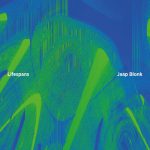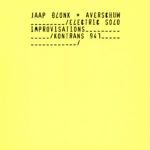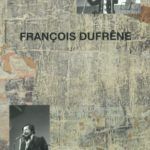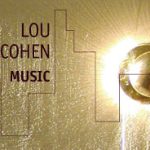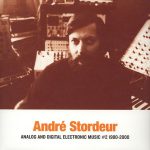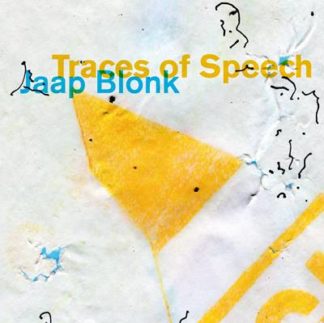Traces Of Speech
10,00 € VAT included
In stock
Texts created by offering drawings to optical character recognition software.
Sounds generated by importing the same drawings into audio software.
This material reworked into a tightly knit musical statement
with no intention of personal expression.
“In the mid-eighties Blonk began to write sound poetry but found out that the common Latin alphabet and later the International Phonetic Alphabet(IPA) can not capture the whole spectrum of his voice sounds. He developed a system for his sound poetry scores, naming it BLIPAX (Blonk’s IPA extended). Now he discovered that the symbols of BLIPAX are not contented with the symbols of dead letters, but took a life of their own. His new scores of sound poetry became drawings, something halfway between sound poetry and visual poetry, traces of actual speech.
Blonk converted these drawings into electronic sounds, importing them into audio software and later converted them again into English and German texts through Optical Character Recognition software. Each of the three forms were subjected to further digital treatment.
The seven chapters of this album-book (available also as a PDF file on Blonk’s website) feature abstract, almost Dada-like texts. All force Blonk to find a meaningful way to recite and interpret the multitude of punctuation signs, still with a distinct variation of each of the seven electronic-vocal sound environments, but intentionally refraining from pursuing any personal expression.
The sonic result is arresting. The primary usage of vocals—real, sampled and processed ones, is liberated from the disciplined conventions, grammar, etiquette and sense of time of space of known earthly languages. Suddenly the most familiar sonic aspect of human communication is transformed to an unworldly, futuristic level. As if the language of human beings was adopted and enhanced by aliens who charged any basic articulation with tons of information, employing vocals as one but not the dominant practical in a chain of sounds, keeping its expressiveness and emotional delivery neutral. Now, after this radical alteration, only a margin of this intriguing form of communication can be deciphered by us humans, but all—earthlings and other forms of beings in the greater universe—can get a glimpse of its infinite options.” (All About Jazz)




